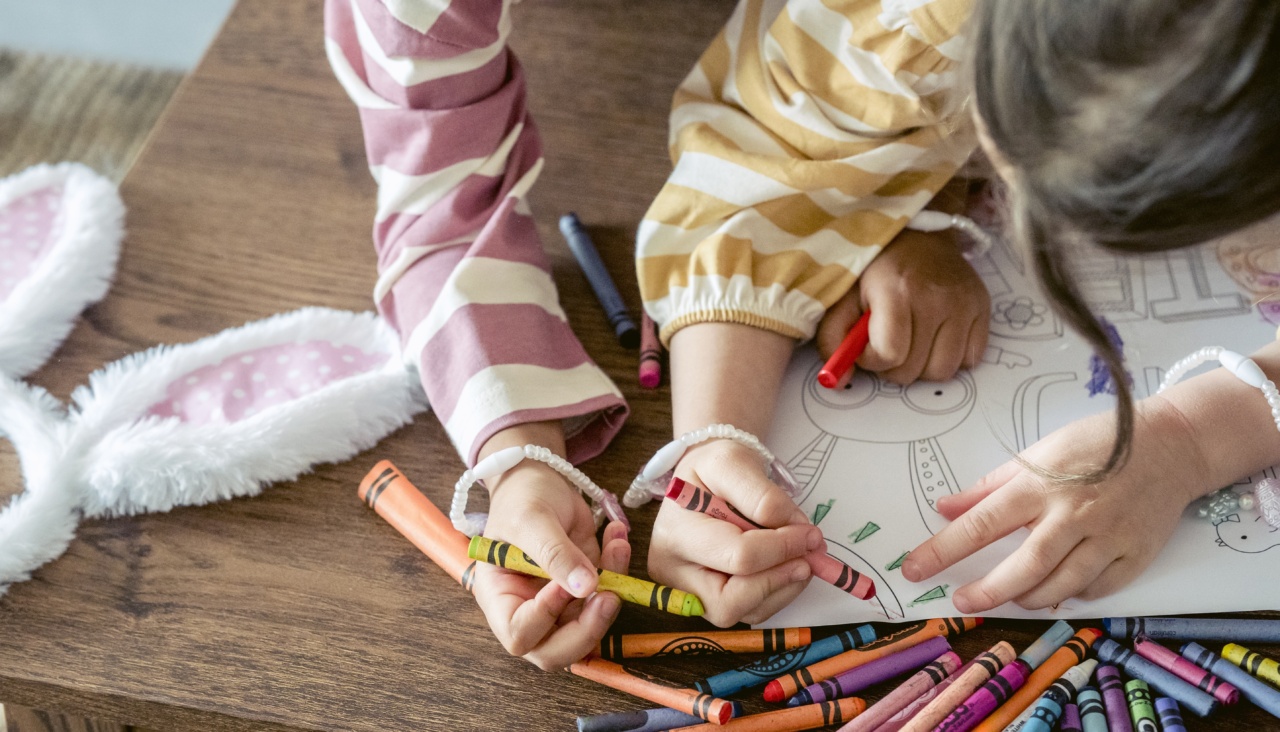As Easter approaches, parents may find themselves wondering how to explain the holiday to their children. While it is easy to get caught up in the eggs, bunny rabbits, and candy, it is important to discuss the true meaning of Easter with kids.
Explaining the holiday can be a bit tricky, but with a little planning, parents can discuss the history and significance of Easter in a way that their children can understand.
What is Easter?
Easter is a religious holiday celebrated by Christians all over the world. It is the day we celebrate the resurrection of Jesus Christ, who died on the cross for our sins.
The holiday falls on the first Sunday, after the first full moon, following the vernal equinox (the first day of spring). This means that Easter can fall on any Sunday between March 22nd and April 25th.
The History of Easter
The history of Easter dates back thousands of years. Easter is actually the Christian adaptation of a pagan festival that celebrated the coming of spring.
The pagans believed that the goddess of spring, Eostre, would come back to life at the beginning of spring. In the early days of Christianity, converts often kept their pagan traditions while embracing their new faith. The early Christian church decided to adopt the pagan spring festival as their own, and so Easter was born.
The Easter story is told in the Bible. According to the Bible, Jesus was crucified on a Friday and was placed in a tomb. On Sunday, three days later, Jesus rose from the dead, conquered death and made it possible for us to have eternal life.
Explaining the Resurrection to Kids
Explaining the resurrection to kids can be difficult. It is important to discuss the topic in a way that kids can understand. Here are a few tips:.
- Use simple language
- Be honest and factual
- Avoid graphic details
- Use relatable examples
For example, you could explain that, just like a caterpillar goes into a chrysalis and comes out a butterfly, Jesus died and came back to life again.
You could also explain that the resurrection is a sign of hope and that it is a reminder that even when things seem impossible, God can make them possible.
The Significance of Easter
The significance of Easter lies in its message of hope and new beginnings. The resurrection of Jesus Christ is seen as a symbol of victory over death and sin. It is a time for reflection, renewal, and forgiveness.
It is also a time for families to gather together and celebrate their faith.
One way to emphasize the significance of the holiday is to focus on the themes of love, sacrifice, and forgiveness. Parents can use the opportunity to talk to their kids about the importance of treating others with kindness and compassion.
Alternative Easter Celebrations
While many families celebrate Easter in a traditional way, there are also some alternative Easter celebrations that can be just as meaningful. Here are a few ideas:.
- Planting seeds or flowers as a symbol of new beginnings
- Donating time or money to a local charity
- Holding a family Easter scavenger hunt to find hidden clues that teach the Easter story
- Bake and decorate Easter cookies with your children.
Conclusion
Explaining the true meaning of Easter to kids can be a challenge, but with the right approach, it can be a meaningful and memorable experience.
By emphasizing the themes of love, sacrifice, and new beginnings, parents can help their children to understand the significance of this important holiday.






























